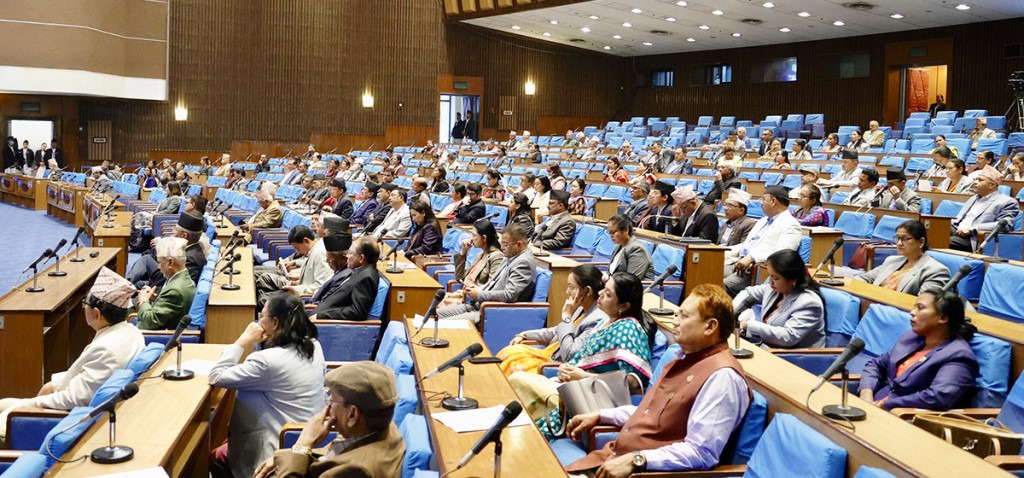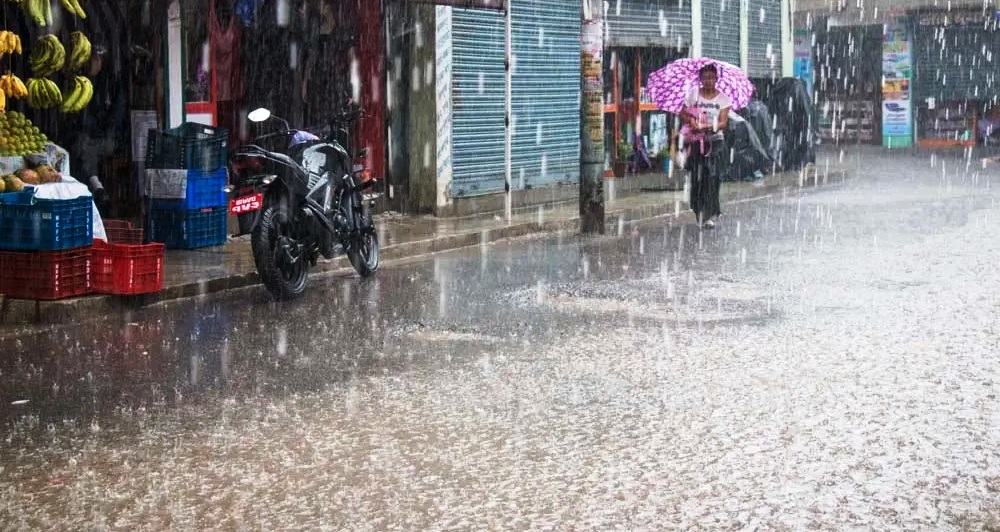Humanitarian negotiators live with dilemmas. They have to make decisions that are not often desirable and are of contentious nature. However, the purpose of the negotiators takes precedence in decision-making. The purpose is to save human lives. To save human lives, humanitarian negotiators have to do everything possible irrespective of the socially constructed ideas and ideals. For example, a humanitarian negotiator Raoul Wallenberg did everything possible to save Jews in Hungary from the Nazi. In the same way, a German businessman John Rabedemonstrated skills to save the poor Chinese civilians, when the elites had deserted the city, from the Japanese invaders using psychological and organizational skills creating an international safety zone while using Nazi flag to protect the zone. The following paragraphs discuss some of the dilemmas humanitarian negotiation confronts.
Negotiators create and claim values ambivalently
Dilemmas of humanitarian negotiation entail contentious issues with humanitarian purpose. The first dilemma is that a humanitarian negotiator creates and claims simultaneously in a conflict situation. It creates values for the conflict parties in such a way to build up access to the subject in need of humanitarian assistance. This approach to intervene with cooperation is chiefly known as the third front (Junod, 1982). According to this idea, humanitarian intervention is possible only when the conflict parties accept a common ground based on humanitarian issues and acknowledge the mission of the humanitarian negotiators. The intervention must be tailored to create values for the conflict parties and negotiators should act like persuaders(Mancini-Griffoli& Picot,2004). Once the conflict parties agree to the cause of the humanitarian intervention, the next role of the intervention is to claim. Hence, humanitarian negotiators act like a manager of the situation and do their best only to protect human lives as much as possible. Hence, negotiators not only create values but also claim (Lax &Sebenius, 1992). However, their claim is directed to satisfy the humanitarian needs of the people irrespective of their socio-cultural and political ingredients. Humanitarian negotiators, thus, are different in many ways from the generic negotiation endeavors.
Negotiators are cooperative as well as competitive
Another dilemma is about their role both as cooperative and competitive. Apparently, humanitarians seem cooperative to the stakeholders. But it is not always the same. Intervention often requires agreements from the parties concerned. But it is not easy to obtain a principled agreement because of the interests and positions of the multiple stakeholders. On top of that, it is not easy to generate trust in a complex conflict situation. It will be complicated further when there is a clash of interest within the conflicting parties. For example, the political wing of the conflict parties in question might have different interests than that of its military wing.
Humanitarian negotiation is a strategic endeavor embedded with moral dilemmas. Negotiators are often confronted with moral questions like What is legal? What is just? What is acceptable? What is fair? But, the point is: negotiators do not engage in philosophical discourse when human beings are at danger. Phrases like good, bad, ethical, unethical, legal, illegal, just, unjust have culturally relativistic and contextualized meaning. Their utility values to the humanitarian negotiation is reflected only when these abstract words help save lives.
Will to negotiate and not to negotiate is equally important
Negotiators use their personal conviction not only to frame the process but also to anticipate the outcomes–the product of negotiation. It is primarily because of the lack of a comprehensive negotiation framework. Negotiators tend to frame the process of negotiation based on response. In this context, they tend to seek a chief source of response to craft or to frame the negotiation process. There are many sources of response and they depend on issues like power, interest, needs, relationship, and culture, among others. However, there is not a comprehensive theory of negotiation based on response. It allows the negotiators to design a negotiation model according to their own understanding of the situation. They do often frame according to their personal worldview. Likewise, reframing also engages multiple perspectives. In the same way, designing a negotiation process according to the inquiry offers similar obstacles. Such an ambiguity offers leverage to the negotiators to probe the situation according to the personal discretion of the negotiator. Hence, negotiators even refuse to negotiate for various reasons like to influence the parties, to procrastinate the situation, among others. From that point of view, to negotiate and not to negotiate are equally significant.
Frontline negotiators exercise autonomy
Dilemmas about the autonomy of the frontline negotiators are another aspect to note. The contemporary conflict setting has become more fragile and ambiguous than before with the rise in the frequencies of “dirty wars” that involve non-state actors.New challenges to the humanitarian negotiation have also been recognized. For example, Grace (2015) notes five challenges: negotiating with armed groups, negotiating the non-negotiable, coordination among different institutional entities, and assessing interlocutors.This situation demands freedom to choose tactics to the frontline negotiators, whereas the head quarter opts to develop strategies and the intermediate structure is operational that connects the frontlines to the head quarter. Remote management in humanitarian negotiation is not effective. Frontline negotiators enjoy autonomy to craft tactics that work to meet the goal. Hence, otherwise unacceptable acts like lying and deception are also morally acceptable if they help meet humanitarian goals.
Negotiators employ contingent leadership style: Ready to deal with anything anytime
Humanitarian negotiators have to engage as well as disengage multiple stakeholders of a conflict situation. The interests and positions of the stakeholder keep on changing with the conflict dynamics. Negotiation framework based the stakeholders mapping and power shift is also influenced by the level of authority.Negotiation tactics to deal with different authorities varies. The complexity of the process of negotiation and the diversities inherent in the stakeholders and conflict dynamics demands a contingent approach to lead from various fronts. Therefore, humanitarian negotiators should be alert to map the conflict and ready to take multiple and sometimes mutually conflicting roles according to the needs.
For example, when Raoul Wallenberg was recruited bythe War Refugee Board to do humanitarian work in Budapest in 1944, Germany was losing the battlefronts with the allied force.He took the advantage of fear of persecution of the Nazi for the war crimesthey committed and escalated his humanitarian mission to its maximum. The changing situation of conflict offers leverage to the negotiators and a humanitarian negotiator should be ready to demonstrate a contingent leadership style to address the shifting paradigms in order to achieve humanitarian goals. For this and many other reasons, humanitarian negotiators employ everything possible irrespective of their conventional meanings.
Negotiators stay engaged with the problems
Humanitarian negotiators stay engaged with the belligerents in various ways. SANITAS[i]can be an effective strategic negotiation skill in the humanitarian sector. Negotiators continue relationships even when the belligerents break their promises. Armed groups are ambivalent to the legal system, sometimes they respect laws to improve their political image and gain military advantage, whereas many other times they disrespect laws because of their objective, military drive and their perception of the legal instruments (Bangerter, 2011). What will be the role of a humanitarian negotiator to deal with the crisis where one or some of the actors are illegal and prohibited to deal with? Should a negotiator deal with a terrorist organization? Conventionally the answer might be “No”, but from the humanitarian principle it is “Yes”.
Legality dictates human behaviors to a great extent in politically controlled scenarios. Negotiators are not exceptions. However, when human lives are at stake, a negotiator must transcend the legal barriers that restrict her or him to discharge her or his moral duties or responsibilities. This is one of the prominent dilemmas negotiators confront in the contemporary conflict setting. Practitioners in the field have also acknowledged the necessity of humanitarian negotiation with the armed groups to secure humanitarian access to the most vulnerable communities in the conflict setting (McHough&Bessler, 2006). Similar dilemmas about legality and rationality may influence humanitarian negotiators in various settings. Not to be confused is that humanitarian negotiators are not bureaucrats, but passionate people with humanitarian motives; therefore they are likely to embark on humanitarian missions even if it is illegal from a certain perspective.
Conclusion
Humanitarian negotiators survive with various dilemmas. Conventionally, good means help realize good ends.It is often possible when there is an established order of peace with a shared sense of justice and harmony. This theory fails to work in a conflict affected volatile and fluid situation. It is primarily because of the goal-centric approach of the stakeholders and the absence of a credible system of governance and justice. Human lives in this situation are at stake. Under such circumstances, humanitarian negotiators have to do what is workable to save the most vulnerable portion of the communities. Hence, good means do not necessarily help achieve good ends. Any means to protect the most human beings is justified from humanitarian purposes. Thus, humanitarian negotiators value ends more than the means.
Other types of negotiations, like family dispute negotiation, marriage negotiation, business negotiation, normally focus on the certain type of modality that is not risky in nature. Humanitarian negotiations, on the other hand, engage with problems like security, logistic, confrontation, mistrust, uncertainty, enmity, and risk of life, among others. It is, therefore, different from other types of negotiation. For that very reason, it demands different skills and tools of conflicting and contradictory themes. This shift in the paradigm in negotiation specifically in the humanitarian space invites dilemmas on a regular basis. These dilemmas are the outcome of the shift in the negotiation practices from means-oriented to ends-oriented or purpose-oriented in the humanitarian sector. With the rise in the complexities of the contemporary conflict, these dilemmas may increase in the future to prepare the humanitarian negotiators to deal with difficult people and uncertain situation to protect the most vulnerable of the conflict settings.
References
Bangerter, O. (2011 June).Reasons why armed groups choose to respect international humanitarian law or not.International Review of the Red Cross. Volume 93 Number 882.pp 353-384.
Grace, R. (2015). Humanitarian negotiation: Key challenges and lessons learned in an emerging field. Harvard, MA: Humanitarian Academy at Harvard. Retrieved from http://www.atha.se/sites/default/files/humanitarian_negotiation_-_key_challenges_and_lessons_learned_in_an_emerging_field.pdf
Junod, M. (1982). Warrior without Weapons. Geneva, Switzerland: ICRC.
Lax, D. &Sebenius, J. (1992). The Manager as negotiator: The negotiator’s dilemma: Creating and claiming value. Stephen Goldberg, Frank Sander and Nancy Rogers (eds.). Dispute Resolution, 2nd ed. Boston: Little Brown and Co. p. 49-62.
Mancini-Griffoli, D. & Picot, A.(2004). Humanitarian negotiation: A Handbook for securing access, assistance and protection for civilians in armed conflict. Geneva: Humanitarian Dialogue.
McHugh, G. &Bessler, M. (2006).Guidelines on humanitarian negotiations with armed groups. New York: United Nations. Retrieved from http://www.unicef.org/emerg/files/guidelines_negotiations_armed_groups.pdf







